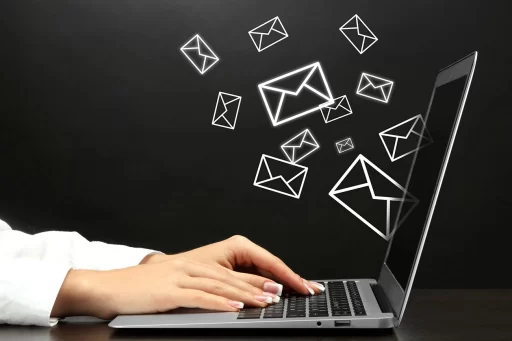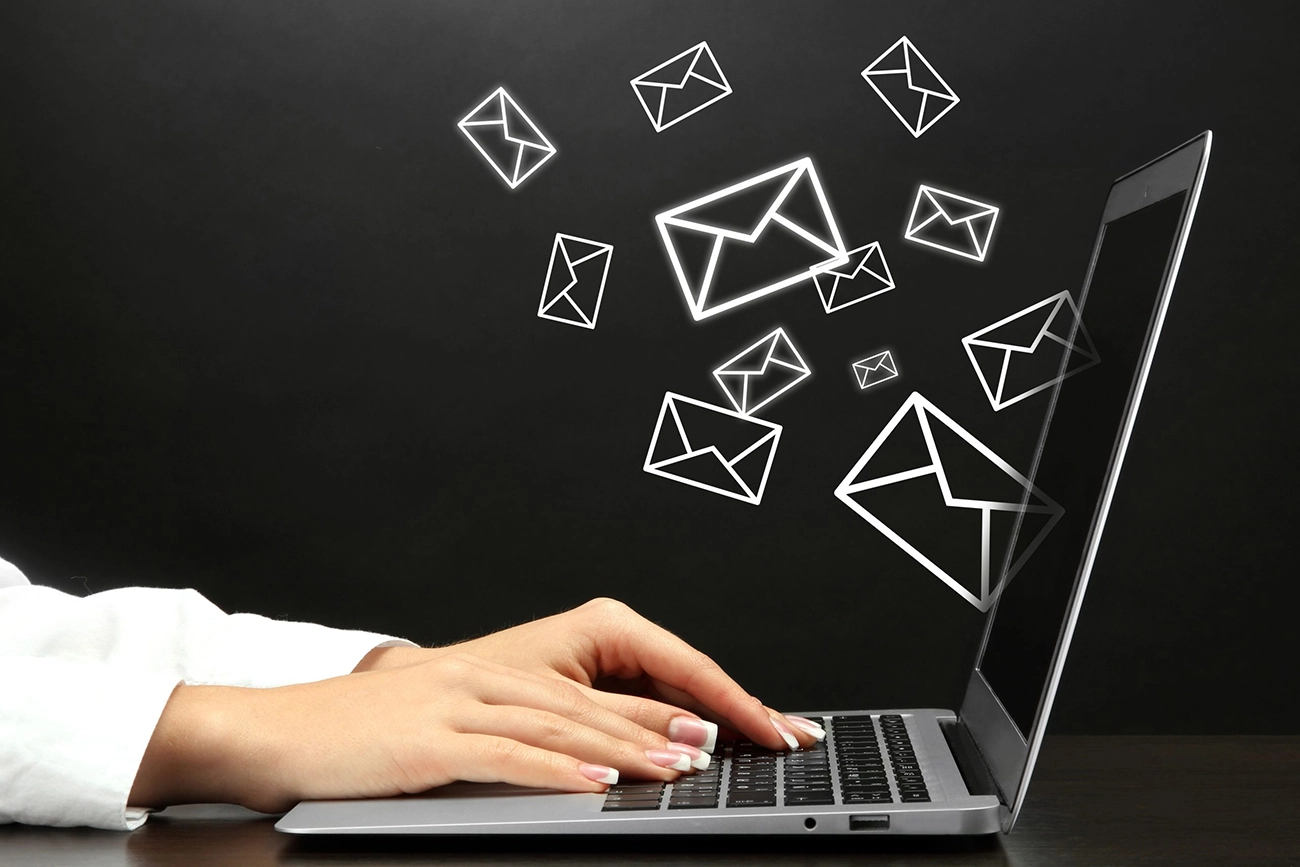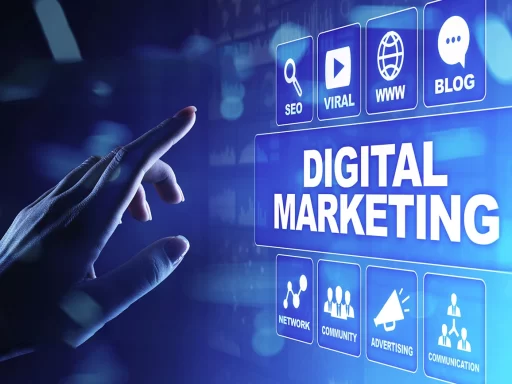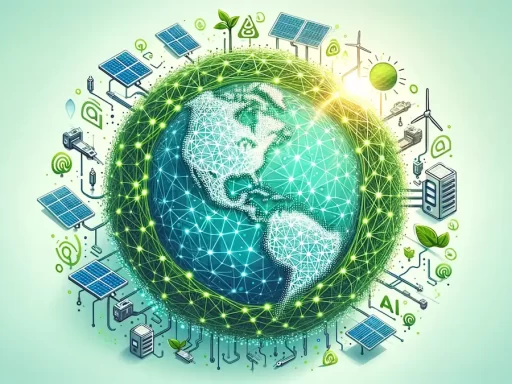Every day, our inboxes fill with transactional confirmations, newsletters, and promotional offers. Ever wondered how businesses manage this volume with such precision? The secret lies in email automation, a tool that speeds up the process and customizes communication based on your interests.
The Impact of Email Automation on Business Communication
Email automation transforms how businesses interact with their audience. By sending personalized emails triggered by user behavior, automation ensures timely, relevant communication without manual effort.
What is Email Automation?
Email automation involves sending emails to clients or prospects based on specific schedules or triggers. This isn’t about spamming; it’s about personalized messaging tailored to user behavior, focusing on timing, precision, and customization.
Whether you’re a small business or a large corporation, email automation can enhance your marketing strategy by ensuring emails reach the right people at the right time.
How Automation Enhances Transactional and Marketing Emails
Email automation operates systematically. When a potential customer interacts with your website, their information is added to your contact database. You can segment these contacts by criteria such as location, interests, and behavior, allowing for personalized communication.
You then create email campaigns with specific rules and schedules, ensuring your emails are timely and relevant.
Differentiating Marketing and Transactional Emails
Marketing and transactional emails serve distinct purposes.
- Marketing Emails: These promotional emails aim to drive engagement and conversions, sent in bulk to subscribers who have opted in. Examples include newsletters, sales promotions, and event invitations.
- Transactional Emails: Triggered by specific customer actions, these emails provide essential information about transactions or account activity. Examples include order confirmations, password resets, and shipping notifications.
Both types of emails are crucial for a comprehensive email strategy, with marketing emails promoting and transactional emails informing.
Types of Automated Emails and Their Triggers
Automated emails are tailored to specific actions, behaviors, or events. Key types include:
- Welcome Emails: Triggered when a new user signs up, these emails set the tone for the relationship and make a great first impression.
- Abandoned Cart Emails: Sent when a customer leaves items in their cart without completing the purchase, these emails encourage them to finalize the transaction, sometimes with an added incentive.
- Re-Engagement Emails: Triggered by user inactivity, these emails aim to rekindle interest with tailored offers or content.
Benefits of Email Automation
Automated emails increase engagement rates by sending relevant, personalized content at the right time, capturing your audience’s attention and boosting interaction. This, in turn, can enhance revenue.
Automation also improves the customer experience by providing timely, useful information, strengthening relationships. Moreover, it saves time and resources by automating email creation and delivery, allowing you to focus on other critical business areas.
Implementing Automation in Email Marketing
To start with email automation:
- Choose Your Platform: Select an email automation platform that suits your needs, considering features like design capabilities, analytics, and segmentation.
- Set Up Your Emails: Design visually appealing, mobile-friendly emails with clear calls-to-action and personalization elements.
- Determine Your Triggers: Define which actions will trigger each email, such as new subscriptions, purchases, or periods of inactivity.
Effective Email Automation: Best Practices
Optimizing Initial Contact Emails
Your first email should reflect your brand’s identity and show genuine interest in the new contact. Keep it simple, welcoming, and include a clear call-to-action.
Segmenting and Personalizing Your Database
Segment your contacts based on their interactions, preferences, and purchase history to create personalized emails that resonate with each individual.
Balancing Sales and Value Content
- Mix Your Content: Balance sales pitches with educational, entertaining, and insightful content.
- Understand Their Needs: Use analytics to understand what your audience wants, crafting valuable content accordingly.
- Create a Schedule: Plan an email calendar with a mix of sales and valuable content.
- Engage More: Foster engagement by asking questions, inviting feedback, and starting conversations, building a positive relationship with your audience.
Conclusion
Automation in transactional and marketing emails significantly boosts efficiency and effectiveness. It’s not just about faster emails, but about reaching the right people with the right message at the right time. Whether confirming orders or personalizing marketing campaigns, email automation enhances productivity and gives your strategy the competitive edge it needs.





